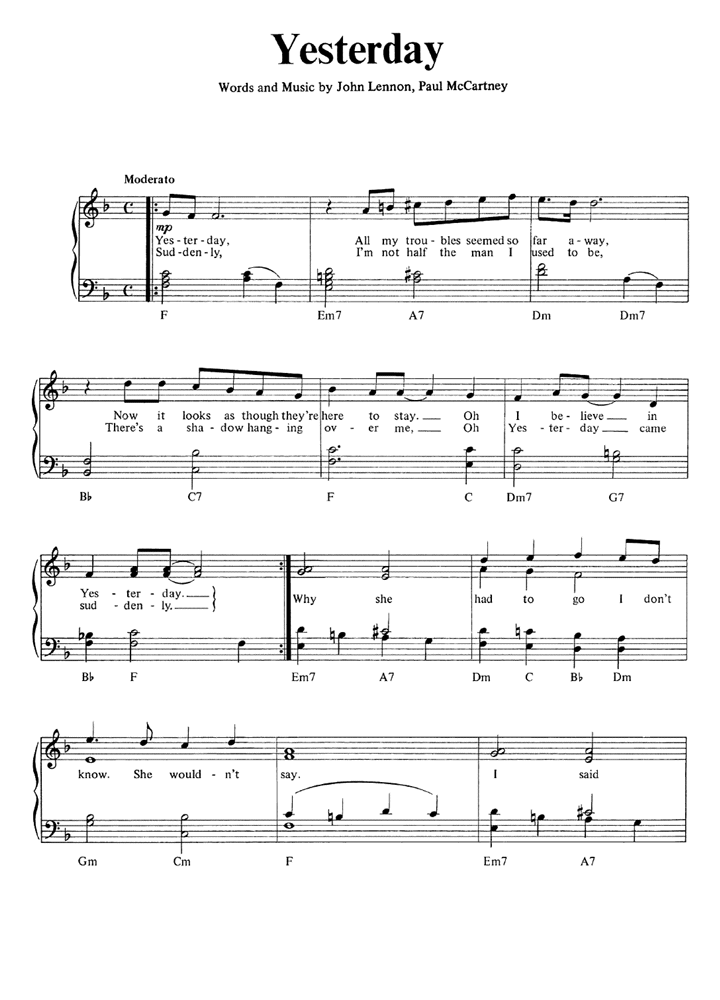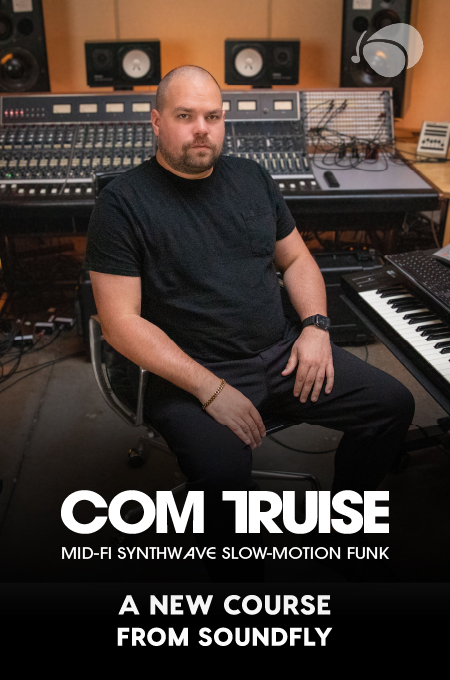
+ Improve your songwriting with Soundfly! Explore our range of courses on emotional chord progressions, basic songwriting technique, songwriting for producers, and many more. Subscribe for unlimited access here.
This article originally appeared in the Song Doctor newsletter.
Content alone in a lyric may not be enough to sustain a listener’s attention throughout an entire song without a strong enough melody for the words to ride on — no matter how important the topic.
It’s worth investing time developing a melody that allows your lyrical idea to fully register with the audience. So how do you write a tune that folks can remember irrespective of the lyrics? One that you can play as well as sing, one that is immediately recognizable covered by any one of a glockenspiel band, a choir, a bagpipe, or a thumb piano?
The answers lie in the way that melody takes words and frames them in a different time and space. Melody can change the amount of time we spend on certain words (rhythm) lengthening or shortening the length of notes or space — by changing the pitch between words (intervals), up or down. This is what makes song so different from speech. And yet, there are parallels you can take advantage of.
Melody isn’t made up of random notes anymore than speech uses random words. There’s as much grammar in a tune as there is in a paragraph. The notes in a well-written melody are organized into small groups called motifs. A motif is a group of 2, 3, 4 and not many more notes that played in that way, that are ordered together to make a tune easily identifiable — like a mugshot.
When you hear the motif, you know what song it is, such as the three notes that make up Paul McCartney’s “Yesterday” motif.
Once you get a motif, you can repeat it. A very good idea: Repetition is the songwriter’s friend. The more times you repeat the motif within a song the more easily it will be remembered. And you can repeat it at either the same pitch or at a different one.

You can also vary the motif by lengthening or shortening the notes within it, and make it change direction by inverting it, creating its mirror image. You can add notes to extend it. And later in the song, you can even create a new motif, usually for the chorus. Contrast is the songwriter’s friend.
If you already have some lyrics written, really think about how a motif would work with your most important words or phrase. Start by saying them out loud in a few different ways. This will give you a really basic idea of the rhythm you might use and an inclination of where the pitch naturally rises and falls. Use your phone to record yourself.
Once you’ve got something you like, try shifting it out of your normal speech pitch pattern by using steps (one note up or down), skips (a third up or down) or a leap (a fourth or more) between words.
Remember, you can break words up with a motif, like in “Somewhere Over the Rainbow.” “Some-where” gets split in half by an octave because the songwriter wanted to really draw our attention to the idea of longing for this magical place, reaching up to the next octave like it’s up in the sky.
Tying your motifs together in musical phrases also allows you to link with lyrical phrases. If a four line verse has a rhyming pattern like AABB — the first two lines’ ends rhyme with each other and the second two lines rhyme differently but again with each other — then making your melody do something similar can really lock in the idea for an audience.
One of my favourite examples of this is “Cruise Control” by Headless Chickens.
The first two lines are matched with the same repeated musical phrase and end rhyme, and the second two lines have a new rhyme and a new melodic phrase.
Sometimes days seem to move just like a big fat man A
Sometimes days seem to end up where they first began A
I’ve got my TV tuned to channel you B
Because there’s nothing else that I can do B
The song then repeats the first melodic phrase with the chorus as a refrain, which ends on the title:
Maybe I should have set my heart to cruise control.
Nice work. This idea of changing melody with changes in lyric is called topic movement and it’s a winning technique for stopping endless lists of lyrics with no direction that can really clog up your listeners’ ears. Professor Andrea Stolpe, of USC’s Thornton School of Music, expands on this below.
One final note is looking at contrasting the delivery of words per second for an audience. High-speed, high-energy lyrics need careful delivery to hit the spot for a first time listener and one of the ways songwriters can meet the hunger for surprise, sass, and audibility is highlighted in this song by Lizzo, called “Jerome.”
It starts in a Motown style with the chorus which uses a dotted and sustained two-note motif on the lyric — title and hapless subject “Jerome,” with variations — before the verses crank up the pace. Enjoy and take note of the contrast.
With Soundfly, you can work on your songwriting with a professional coach.
Our community of mentors will help you set the right goals, pave the right path toward success, and stick to schedules and routines that you develop together, so you improve every step of the way. Tell us what you’re working on, and we’ll find the right mentor for you!




